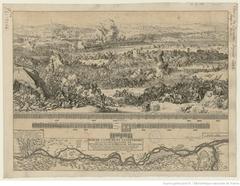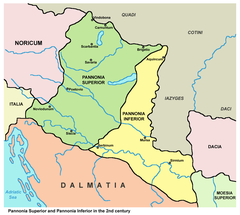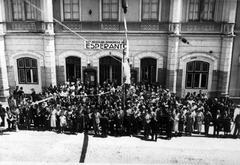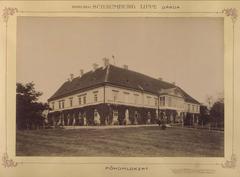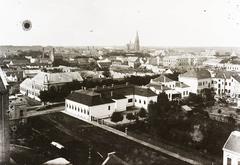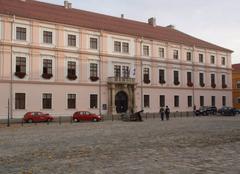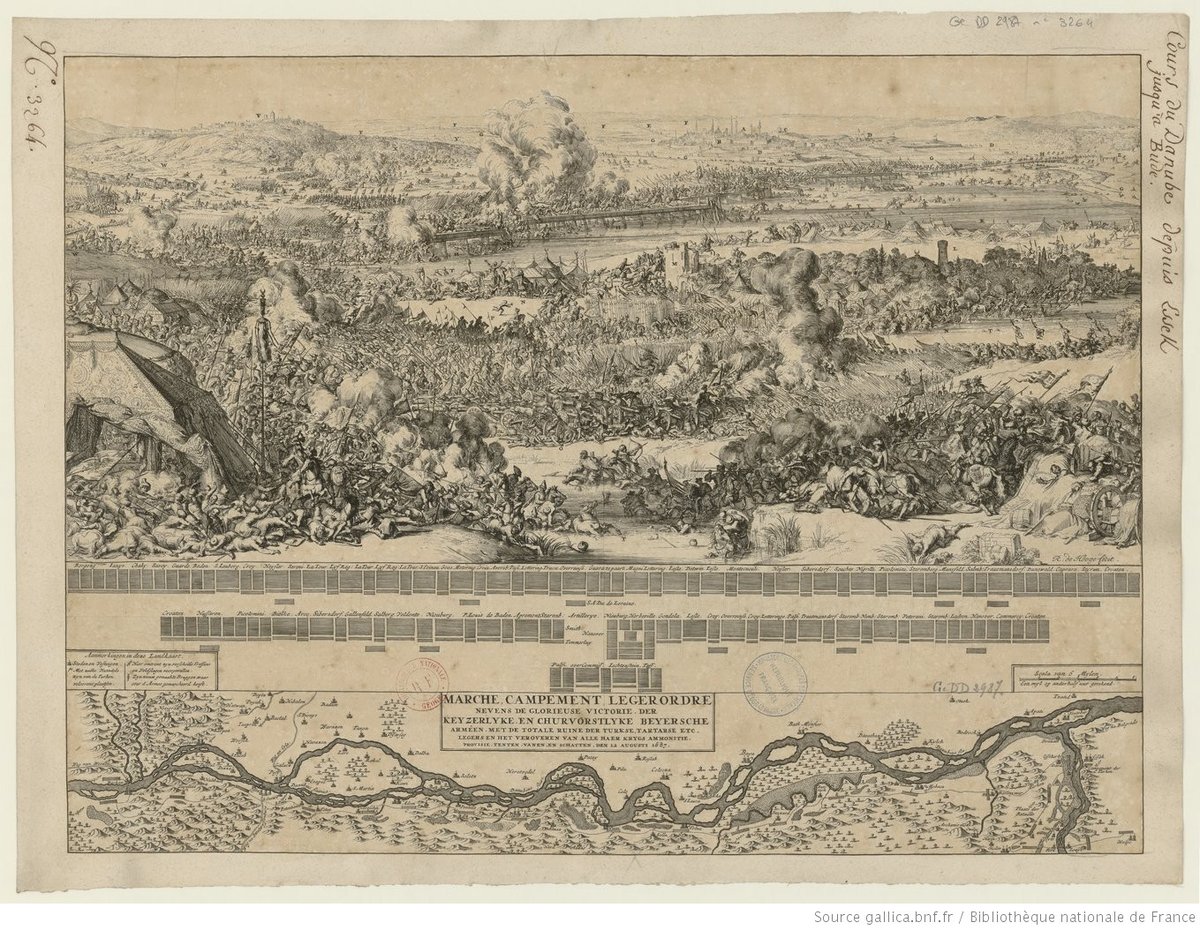
Pješački Most Osijek: Visiting Hours, Tickets, Historical Sites
Date: 18/07/2024
Introduction
Pješački Most, the iconic pedestrian bridge in Osijek, Croatia, is a symbol of the city’s historical evolution, cultural richness, and architectural ingenuity. Constructed in 1981, this bridge spans the Drava River, connecting the city’s two main districts, Gornji Grad (Upper Town) and Donji Grad (Lower Town). Designed by the renowned Croatian architect Zlatko Šavora, Pješački Most embodies a blend of modern engineering and aesthetic appeal, making it a central feature of Osijek’s urban landscape.
The bridge holds a special place in the hearts of Osijek’s residents, having served as a resilient structure during the Croatian War of Independence (1991-1995) and evolving into a vibrant social and cultural hub. Visitors to Pješački Most can enjoy its stunning views, participate in various community events, and explore nearby attractions such as the Osijek Cathedral and Tvrđa. This guide aims to provide comprehensive information on the history, cultural significance, architectural features, and visitor tips for Pješački Most, ensuring a memorable experience for all who visit this extraordinary landmark (Osijek Tourism).
Table of Contents
- Introduction
- History
- Architectural Significance
- Cultural and Social Impact
- Visitor Information
- Special Events and Guided Tours
- Preservation Efforts and Modern Developments
- Conclusion
- FAQ
History
Early Beginnings and Construction
Pješački Most was constructed in 1981 during a significant period of urban development aimed at enhancing Osijek’s infrastructure. Designed by renowned Croatian architect Zlatko Šavora, the bridge was part of a broader initiative to improve pedestrian connectivity across the Drava River. The construction utilized advanced engineering techniques, incorporating reinforced concrete and steel to ensure durability and stability.
Role During the Croatian War of Independence
The Croatian War of Independence (1991-1995) profoundly impacted Osijek and its infrastructure, including Pješački Most. The bridge served as a crucial link for civilians and military personnel, facilitating movement across the Drava River. Despite the conflict, the bridge remained largely intact, symbolizing resilience for the city’s residents. Post-war, it became a symbol of peace and reconstruction, cementing its place in Osijek’s collective memory.
Architectural Significance
Pješački Most is celebrated for its combination of functionality and visual appeal. Spanning approximately 210 meters with a width of 4 meters, the bridge provides ample space for pedestrians and cyclists. Its sleek, minimalist design features clean lines and a gentle arch, harmonizing with the natural beauty of the Drava River. The construction materials—reinforced concrete and steel—were chosen for their strength and durability, allowing for a slender yet elegant structure.
Cultural and Social Impact
Over the years, Pješački Most has evolved into a cultural and social hub. It offers stunning views of the river and cityscape, making it a popular spot for locals and tourists. The bridge hosts community events, including festivals, parades, and public gatherings, reinforcing its role as a central element of Osijek’s social fabric. Its inclusion in various cultural and artistic projects highlights its importance as a symbol of the city’s spirit and resilience.
Visitor Information
Visiting Hours and Accessibility
Pješački Most is open 24/7, making it accessible at any time of the day or night. The bridge is free to visit, and there are no ticket requirements. Enhanced lighting ensures safety for nighttime visitors.
Travel Tips
- Best Time to Visit: Early mornings and late afternoons provide the best lighting for photography.
- Nearby Attractions: Don’t miss the Osijek Cathedral, Tvrđa (the old fortress), and the beautiful Osijek Zoo and Aquarium.
- Accessibility: The bridge is wheelchair accessible, with smooth pathways suitable for all visitors.
Special Events and Guided Tours
Pješački Most often hosts various events, from local festivals to cultural parades. Guided tours are available, offering insights into the bridge’s history and significance. Check with local tourism offices for schedules and bookings.
Preservation Efforts and Modern Developments
Recent years have seen efforts to preserve and enhance Pješački Most. Regular maintenance ensures the bridge remains in optimal condition, while initiatives like improved lighting, seating areas, and informational signage enhance the user experience. These efforts aim to balance the bridge’s historical integrity with contemporary needs.
Conclusion
Pješački Most stands as a testament to Osijek’s rich history and enduring spirit. From its construction in the early 1980s to its resilience during the Croatian War of Independence and its ongoing cultural significance, the bridge embodies continuity and community. As preservation efforts continue, Pješački Most is set to remain a cherished landmark for generations to come.
For more detailed information on the history and significance of Pješački Most, visit the official Osijek tourism website.
FAQ
What are the opening hours of Pješački Most?
Pješački Most is open 24/7.
Are there guided tours available for Pješački Most?
Yes, guided tours are available. Check with local tourism offices for details.
Is Pješački Most wheelchair accessible?
Yes, the bridge is wheelchair accessible with smooth pathways.
References
- Exploring Pješački Most - History, Cultural Significance, and Visitor Information in Osijek, Croatia, 2023, Author https://www.tzosijek.hr
- Visiting Pješački Most - A Guide to Osijek’s Iconic Pedestrian Bridge, 2023, Author https://www.visit-croatia.co.uk/croatia-destinations/osijek/
- Visiting Pješački Most - Tips, Tickets, and Must-See Attractions in Osijek, 2023, Author https://www.osijek.hr/
